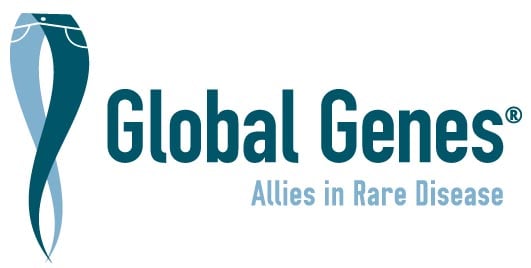
The creation of an orphan
drug policy has been an issue of debate for 25 years in Canada and an ongoing
source of frustration for rare disease advocates. But a recent study in the International
Journal of Health Services suggest that any efforts to
put one in place should be done with a careful eye towards what it seeks to
accomplish.
Joel Lexchin, associate professor at the York University School of Health
Policy and Management and Nicholas Moroz, who just earned a master’s in public
health from the University of Toronto, compared the availability of a list of
orphan drugs approved in the United States to their availability in Australia
and Canada.
The researchers selected Australia because it has had an orphan drug policy in
place since 1990, its drug regulatory system is on par with Canada, and the two
countries have similar populations and match on the level of development and
health outcomes.
Of 119 drugs the U.S. Food and Drug Administration approved from the start of
2008 to the end of 2017, the authors found that regulators in Canada and
Australia both approved 74 products. Regulators in Canada approved an addition
11 products that Australian regulators did not approve for a total of 71.4
percent of the 119 drugs. Australian regulators approved four drugs that
Canadian regulators did not approve for a total of 78 drugs. It gave 55 of those drugs an orphan drug
designation.
The authors found that there was no difference between the two countries in
terms of delay in approving the products or the time spent on reviewing them.
Lexchin and Moros note that orphan drug policies can have three objectives:
improving access, incentivizing R&D, and lowering costs to patients. The
Australian policy, they say, is only directed at improving access. Improved
access, they argue, is only relevant for drugs that offer better therapeutic
options. That applied to only 26 of the 74-FDA approved drugs for which a
therapeutic assessment was available.
The Australian policy is intended to provide incentives to drug developers to
bring drugs to market for indications with small populations, but it is not
expansive. It provides assistance to clinical trial protocols, advice on
applications for orphan drug status if requested, the ability to apply for
accelerated review, and waivers on fees for applications for designation,
market approval, and annual registration.
It does not include a provision for market exclusivity, grants, or tax credits
to incentivize orphan drug research or development.
The point here is that policies
need to be crafted with goals in mind. Rare disease advocates have called for a
policy that provides incentives to conduct clinical trials, and bring drugs to
market in a timely fashion.
“If Canada hopes to provide faster access for the limited number of drugs that
have a moderate or significant therapeutic benefit, it will need to develop a
policy that is significantly different from that in Australia,” they write. “Whether
that policy should also aim to simulate R&D into orphan disease and how it
addresses affordability will be key issues.”

Stay Connected
Sign up for updates straight to your inbox.
